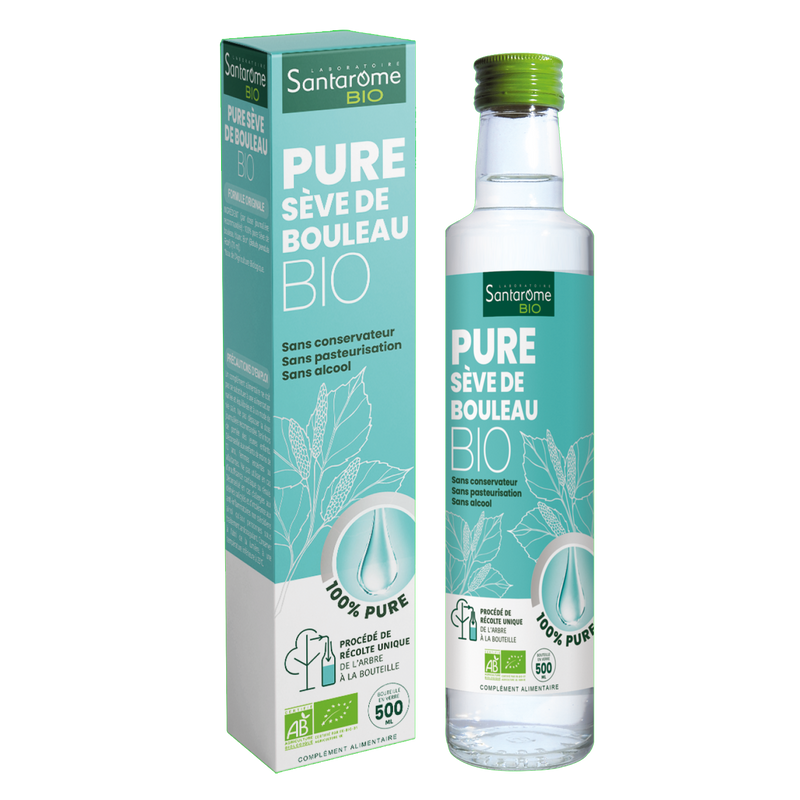Composition and main active compounds of Witch Hazel
Also known as witch hazel, witch hazel is distinguished by its oval leaves and ribbon-like flowers that bloom in autumn. The main active compounds in witch hazel are tannins. These give witch hazel its astringent, anti-inflammatory, and antioxidant properties. In addition to tannins, witch hazel contains flavonoids, which contribute to its beneficial effects on blood circulation and skin.
These compounds make witch hazel a prized ingredient in many cosmetic and medicinal products, particularly for treating skin conditions such as irritations, sunburn, and hemorrhoids.

















